Karol Szymanowski - Violin Concerto No. 1
Karol Szymanowski - Violin Concerto No. 1
The eighteen-month period from March 1881 to October 1882 saw the birth of three creative giants in Eastern Europe: Béla Bartók in Hungary, Igor Stravinsky in Russia, and Karol Szymanowski in Poland, who, though less renowned, deserves to be mentioned in the same breath.
Karol Szymanowski – Violin Concerto No. 1
Karol Szymanowski should rank high on anyone's list of unjustly neglected composers. He started out writing Chopinesque piano pieces, flirted with Straussian exuberance, evolved into something of an Impressionist, and ended up as Poland's answer to Béla Bartók, infusing his concert works with the complex rhythms and spiky harmonies and intervals of his native land.
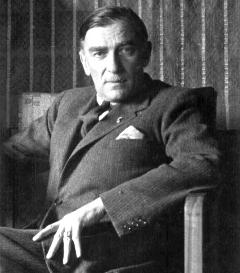
Karol Szymanowski
In the course of his career, Szymanowski wrote about two hours' worth of violin music, including two concertos and several very individual pieces for violin and piano. As a pianist, Szymanowski was a bit unsure of his ability to write idiomatic violin music, so he enlisted the help of an expert friend, violinist Pawel Kochanski. They developed a musical symbiosis equivalent to the Brahms-Joachim partnership, and to explore Szymanowski's violin music is to learn much about the artistry of Kochanski.
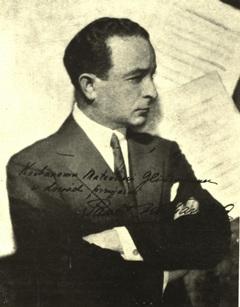
Pawel Kochanski
Pawel Kochanski (1887 – 1934) became a noted soloist in his day, warmly praised by such colleagues as Jascha Heifetz, Mischa Elman, and Carl Flesch. Pianist Artur Rubinstein, who strongly advocated Szymanowski's music, was Kochanski's frequent recital partner.
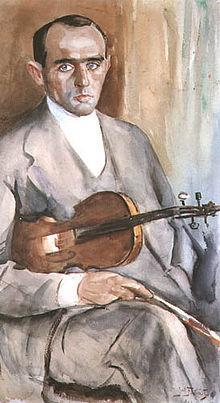
Paweł Kochański
Notwithstanding Szymanowski’s cosmopolitan outlook, his First Violin Concerto reveals homegrown roots. It was inspired by a poem by a member of the Young Poland writers’ group, Tadeusz Micinski (1873-1918):
All the birds pay tribute to me for today I wed a goddess. And now we stand by the lake in crimson blossom in flowing tears of joy, with rapture and fear, burning in amorous conflagration.
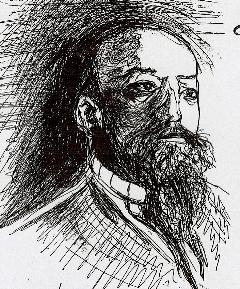
Tadeusz Micinski
Violin Concerto No. 1, Op. 35 was written in 1916 while the composer was in Zarudzie, Ukraine, where his parents and other affluent Poles owned land. While working on the instrumentation, Szymanowski wrote to Spiess (9 September 1916): “I must say I am very pleased with the whole – again various new little notes – and yet a little bit of a return to the old. – The whole terribly fantastical and unexpected”.
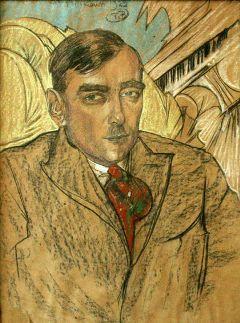
Karol Szymanowski
The Concerto’s five movements are played without a pause, but there is a kind of architectural symmetry created by the alternation of three vivace movements with more relaxed ones. The opening Vivace assai establishes the central elements, an exotic landscape within which the violin plays. Celesta, harp, woodwinds, and percussion animate this landscape; the violin emerges with a slow, ethereal melody with a melodic contour based on eastern scales. "The sound is so magical that people here were completely transfixed," Szymanowski wrote to Kochanski after the premiere, adding: “and just imagine, Pawel, the violin comes out on top the whole time!" This is true both figuratively and literally, as the high register of the instrument shimmers above the ensemble throughout. After a dramatic orchestral buildup, we move seamlessly into the Andantino, which features lustrous cascading lines for both soloist and orchestra.
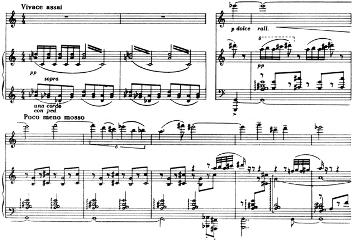
Szymanowski - Violin Concerto, sheet
The central Vivace scherzando lasts just over a minute of perpetual motion surrounding a sweeping violin section, after which the Allegretto changes the atmosphere back to a more introspective one. This time the sinuous Oriental lines have acquired a bluesy feel. The last movement features rhapsodic solo passages that build to a spectacularly romantic climax before returning to a contemplative nocturnal world and an ending that is suggestive and a bit mysterious. Like everything else in the piece, it is highly original and leaves us certain that, whether or not we understand it completely, the work is a masterpiece.
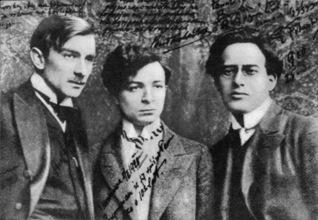
Szymanowski, Kochanski, Fitelberg
Unfortunately, the composer had to wait six years for its world premiere: this took place on 1 November 1922 in Warsaw Philharmonia. The soloist was Jozef Oziminski, the conductor Emil Mlynarski. It was not until two years later that the Concerto was performed by Pawel Kochanski with Leopold Stokovsky in New York, and then in other American cities.
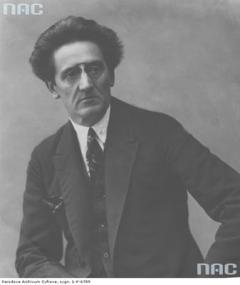
Jozef Oziminski
Karol Szymanowski’s Violin Concerto No. 1, Op. 35, is considered one of the first modern violin concertos. The first to abandon the tradition of the the nineteenth century and the major-minor system in order to embrace a new sound and colouristic language, and a new expressiveness. Moreover, this Concerto does not draw, even in most general terms, on any other type of violin concerto known previously, and presents an exceptionally original idea, both in terms of its mood aura, the emotion contained in the work, and the form. It is really a concerto-poem – one which does not abandon the concerto and virtuoso features, but which rejects the classical structure and takes on the character of a one-movement (although internally highly differentiated) poem.
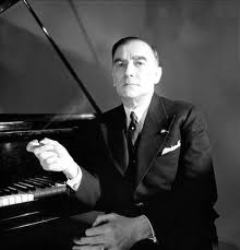
Karol Szymanowski








